Numerous small businesses use social media to repeatedly shove their sales pitch right into the faces of their customers.
Then, they complain that their social media campaign is too noisy, expensive and time consuming. They claim that it doesn’t bring sales and thus doesn’t produce a good ROI for any business. They say that there’s no point to such a marketing campaign at all.
That’s a big fat lie.
In a survey of 500 small business owners by Vertical Response, 43% said that they spend 6 or more hours every week on social media.
No consumer likes to get bombarded with consistent sales messages. You need to invest time in building a relationship with your target audience on their choice of social media platform. That involves engaging with them by posting high-quality content and asking their opinions.
Let me share some stats to show why you could be missing out on a golden opportunity to engage with your target audience and reach more than one potential customer by abandoning social media.
- Social Media has 3.5 billion active users worldwide as of December 2019.
- 79% of the US population has a social profile.
- 97% of consumers aged 18-34 read online reviews to judge a local business.
So, where do you start….Facebook, right?
You might be thinking that since Facebook is the biggest social media platform, your target audience will definitely hang out there.
Nope. Not necessarily.
Because there’s more than one major social media channel out there.
Meet Kate Bryan – a North Carolina based hair stylist. She didn’t rely on Facebook in her social media campaign because hair styling involves creative visual content. So, she turned to publishing her hair tutorials on YouTube, embedding them on her blog and offering the blog visitors a ‘Pin It’ button.
The result?
161,000 Pinterest followers, 85 million views on her YouTube videos, and 517k YouTube subscribers. How’s the for hooking one’s potential customer?
You need to find out the websites and platforms where your customers hang out (instead of assuming them) when creating your social media campaign. I talk about this strategy in detail in step #1.
Are you ready to gain social media mileage for your small business, boost your search engine rankings, and drive sales?
Let’s roll.
1. Analyze your competitors and map social networks to your target audience demographic to choose your social network(s)
As per Stastia, these are the leading social networks, with their number of active users (as of October of 2019).
You don’t necessarily need to start with the 5 biggest social networks. Your customers might hang out on a smaller social media site.
Surveying your existing customers to find out which social media site they favor is a great way to understand your audience preferences and appeal to a new potential customer or more.
You can also glance through the audience demographic of various social networks and match them with your prospects. This compilation, by Sprout Social, of major social network demographics, should help.
Or, you can scout your competition and analyze where, as well as how, they perform their social media marketing.
For instance, GrubHub uses Snapchat to surprise their audience, announcing it through a series of snaps.
PureOm Hot Yoga uses Instagram to promote its services in Fairfax, VA.
Before we move on to the next step, I want to share 3 tools that will help you uncover social media insights about your competitors.
1. Ahrefs Content Explorer – Enter your competitor’s domain and tap search. If your competitor has an active blog, you’ll see stats on the number of shares of their content on various social platforms.
You can also find out the sharing velocity of the content on various social networks by clicking on the down arrow in the far-right cell.
2. Mention – Local businesses might not publish content on their own blog. But, they might get mentions from other blogs, videos and social networks.
That’s where the social monitoring tool, Mention, can help. You can enter your (or your competitor’s) brand name or an industry keyword.
Also input the sources where you want the tool to search and index your entered keywords.
As soon as you tap the “Create my alert” button, the tool starts its search and returns with your typed keyword mentions.
If you want, you can also get daily email summary alerts.
3. BuzzSumo – This is one of my favorite tools for gathering social media insights.
It’s incredibly simple to use. You just need to enter your competitor’s domain or an industry keyword and tap the search button. The tool does its magic and finds the most shared content for your entered keyword.
I suggest that you to give a spin to some local keywords with the tool. Let me explain with an example.
Suppose you’re a pizza shop based in Los Angeles. Instead of searching for a competitor directly, you search for the keyword ‘pizza los angeles’.
You’ll get the most shared content from various domains, along with its popularity on various social networks.
Here are 3 actionable strategies that you can implement from the above results.
- See how you can get published at lamag.com, eater.com and the other websites that pop up in the results. These websites already have a good social presence consisting of your target audience and have an interest in your business.
- Create a similar or higher-quality piece of content on the above subjects. It has proven demand. And, using the tool’s ‘View Sharers’ option, you can even find out who the people are that will be interested in sharing the content.
- Build a social following on the social media site that has generated the most social shares (Facebook in the above case).
You can also share the above pieces of popular content on your social networks. They are relevant and interesting to your target audience and can help you earn a few new followers.
2. Conduct contests and offer special discounts to your social media followers
Getting promos/special offers is among the top 5 reasons that users follow brands on social media. So, you can directly offer discounts to your social media followers.
For instance, Yo Yogurt in Marlboro, NJ used to run “Let’s YO! Name Fame,” offering a 50% discount for a name everyday on their Facebook page.
A better way is engaging your prospects in a contest by having fun and deepening your bond with them.
I’ve already shown you how to conduct contests on Snapchat. Let me show you how to conduct contests on 4 other social media platforms.
1. Pinterest – On the visual platform, you can run “Pin It to Win It” promotions. The user-generated content can increase your engagement.
To identify your entrants and increase your brand exposure, you can create contest hashtags. For example – Ergobaby’s My Ideal Mother’s Day contest relied on the following 3 hashtags – #idealmothersday, #babywearing and #ergobaby.
If you want to engage with your actual fans, put in some extra effort and create a small team to judge entries (instead of counting the number of pins and repins). Country Living’s Dream Bedroom Pinterest Contest did something along these lines.
Read Social Media Examiner’s Pinterest contest guide for more details.
2. Twitter – On the microblogging network, you can ask your customers to come up with a 140 character creative story that’s centered around your brand.
Dunkin’ Donuts asked its customers to come up with creative stories around how the popular Dunkin’ coffee fits into their life. After receiving an overwhelming response, the company chose several winners and asked them to star in their own Dunkin’ commercial.
For further reference, here’s a guide, by Wishpond, on running Twitter contests.
3. Instagram – The photo sharing app/social media site has seen a huge surge in popularity, reaching over 1.5 billion users worldwide as of December 2019.
Translation? Include this social media channel in your marketing campaign.
Contests are a great vehicle to up your engagement. Buffalo Jordan used to see 50 likes/post. After conducting a series of like giveaways, they now see 200 likes/post.
Explore the different types of Instagram contests, along with 10 examples, in this Wishpond post.
4. Facebook – The best part about conducting a contest on the social giant is the targeting options for connecting with its monstrous user base. There are an average of 1,500 data points, if you run Facebook Ads.
A great example of a successful contest was the “Into the Mind” sweepstakes by Sherpas Cinema. Based out of Whistler BC, the television production company offered a 7-day heliski trip and a winter kit to users who liked their page.
They ended up getting 50,000 new followers on their page.
I would recommend that you comply with Facebook’s rules for conducting contests, by checking with this infographic.
3. Post high-quality content that educates and entertains your customer, but most importantly shows your personality
Your customers want to follow the latest updates about your business. That’s why they follow you on social media.
But, ultimately, they don’t want to get updates from a robot or only see a stream of promotional content on any given social media channel.
So, be humorous in your updates. Show pictures of real people running your business and behind the scene photos of how you make your products.
Kuma’s corner (a Chicago bar) occasionally uses slang in its tweets that engages its target audience.
They have also done a great job at using their bio to show their personality.
They could do a better job at posting value-add, non-promotional posts, though.
It’s advisable that:
For every promotional social media post, you should publish four value-adding posts to engage your audience.
These posts can be popular posts from other websites that interest your audience. I already showed you how you can use BuzzSumo to find them, in step 1.
Element Wellness show you how to do this. They post content about health that will be useful and interesting to their customers.
If you have the resources, you can also create original content on your blog. Start with publishing once a week and see how your audience responds on social media.
You can write about the things to do in your locality or granular details about local sports teams/celebrities.
BuzzFeed style lists about a city can work wonders. Movoto publishes such local content on its blog and has been successful in driving a lot of traffic. For example, the post below “10 Boise Stereotypes that are completely accurate” ended up getting 60k shares.
They have even created video content on local pronunciation and food. Such videos are inherently entertaining and get a lot of eyeballs.
Once you get traction through social media and build social proof, you can conduct an outreach campaign to earn some backlinks and get a lift in your local search rankings.
4. Encourage foot traffic at your offline stores to connect with you on social media
If you’re a small business owner just starting with social media (and pulling it into your marketing campaign), know that you don’t need to pay to find your first few followers.
Your regular customers will be more than happy to connect with you. Use window decals and signage to create awareness about your social media presence.
If you can use a QR code, it’ll be easier for the customer to directly land on your social media page by scanning the code through their smartphone.
You can also print the QR code to your social media presence on your business card. Mashable lists 12 creative examples of social-media friendly business cards.
Brownie points if you can reward the customer for helping your social media efforts. For example – you can offer special discounts or a free coffee to the customers that check-in to your store on Facebook. It gives you free real estate in the news feed and helps your organic reach.
You can also use digital displays at your offline stores to show your most adored products on social media.
In Brazil, Retailer C&A embedded Facebook likes on their cloth hangars. Isn’t it a great way for the customer to get real-time fashion feedback?
If you’re conducting a live event, you can also install a live Twitter wall and encourage the participants to tweet. Don’t forget to create a relevant hashtag for the event to leave your brand’s imprint and expand your reach.
Conclusion
Social media marketing is far from a waste of time and resources. Connecting with your potential customer(s) on their preferred social media channel is one of the greatest ways to generate leads and build real engagement with your audience.
77% of B2C businesses have acquired a customer through Facebook. That doesn’t mean you should skip the first step from this article.
Determine, too, the social media site where your customers and prospects hang out. Then, start posting high-quality content that will interest and entertain them.
If you want to quickly gain social media authority, conducting a contest on a social media channel or two is a great idea. The tools and case studies I’ve shared in the article will help you to take action.
Remember to not purely bid for likes and new followers on any given social media site. Your social properties are ultimately not owned by you. Instead, try to add email marketing to the mix.
Havana Group hired a social media director, but his efforts weren’t limited to building a solid Facebook and Twitter presence. The restaurant also had a blog that helped them generate 30,000 email subscribers. Take inspiration from their social media campaign and watch your small business flourish.
What are the social media platforms you’ve used to promote your local business? Which marketing effort do you recommend most? Share your comments below.

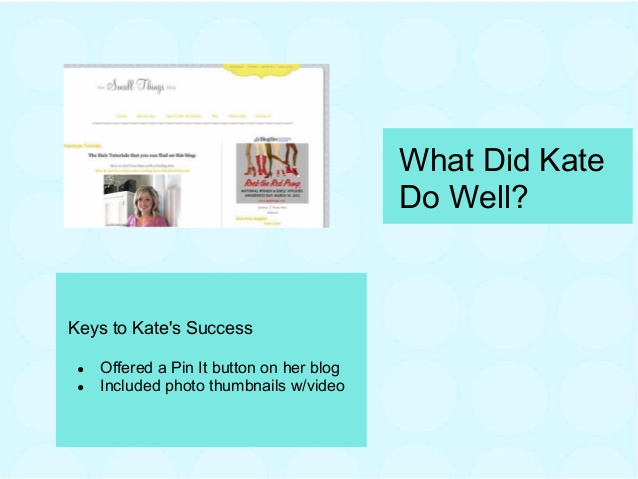
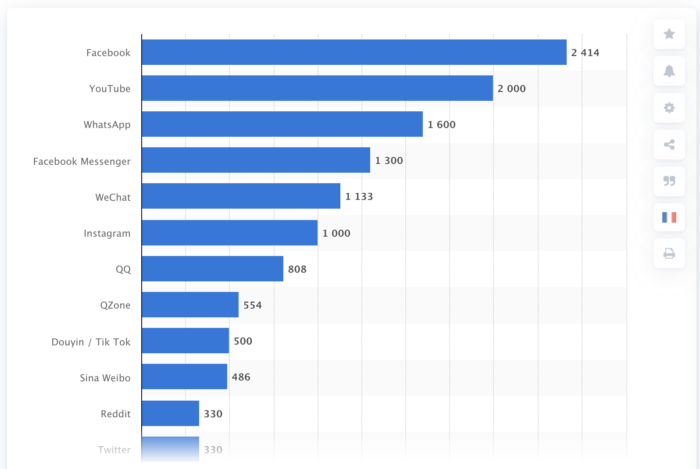
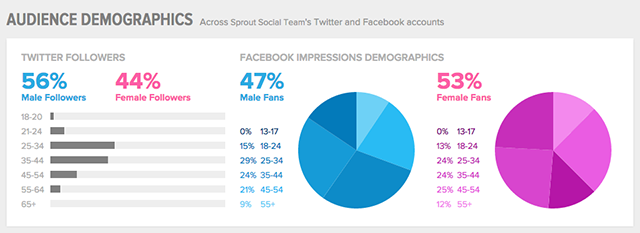
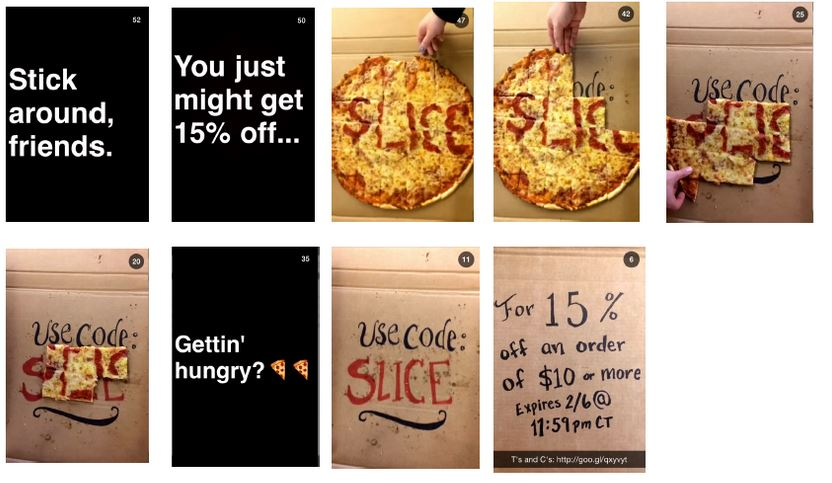
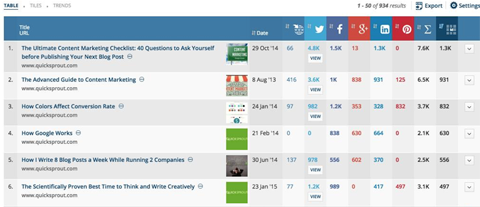
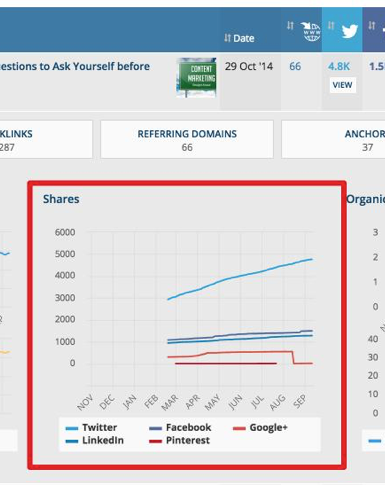

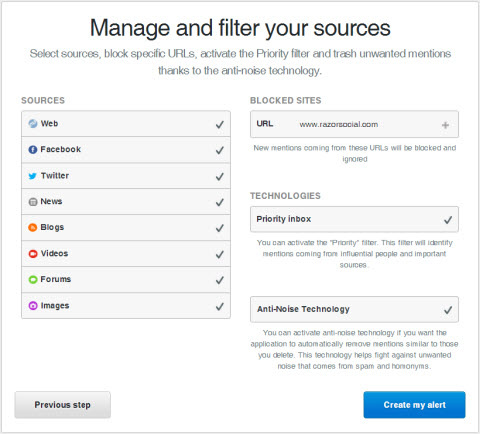
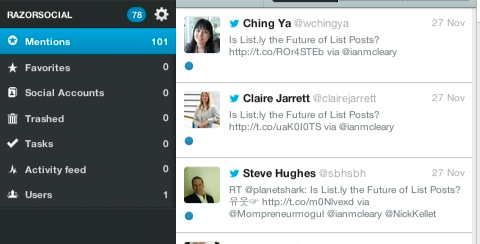

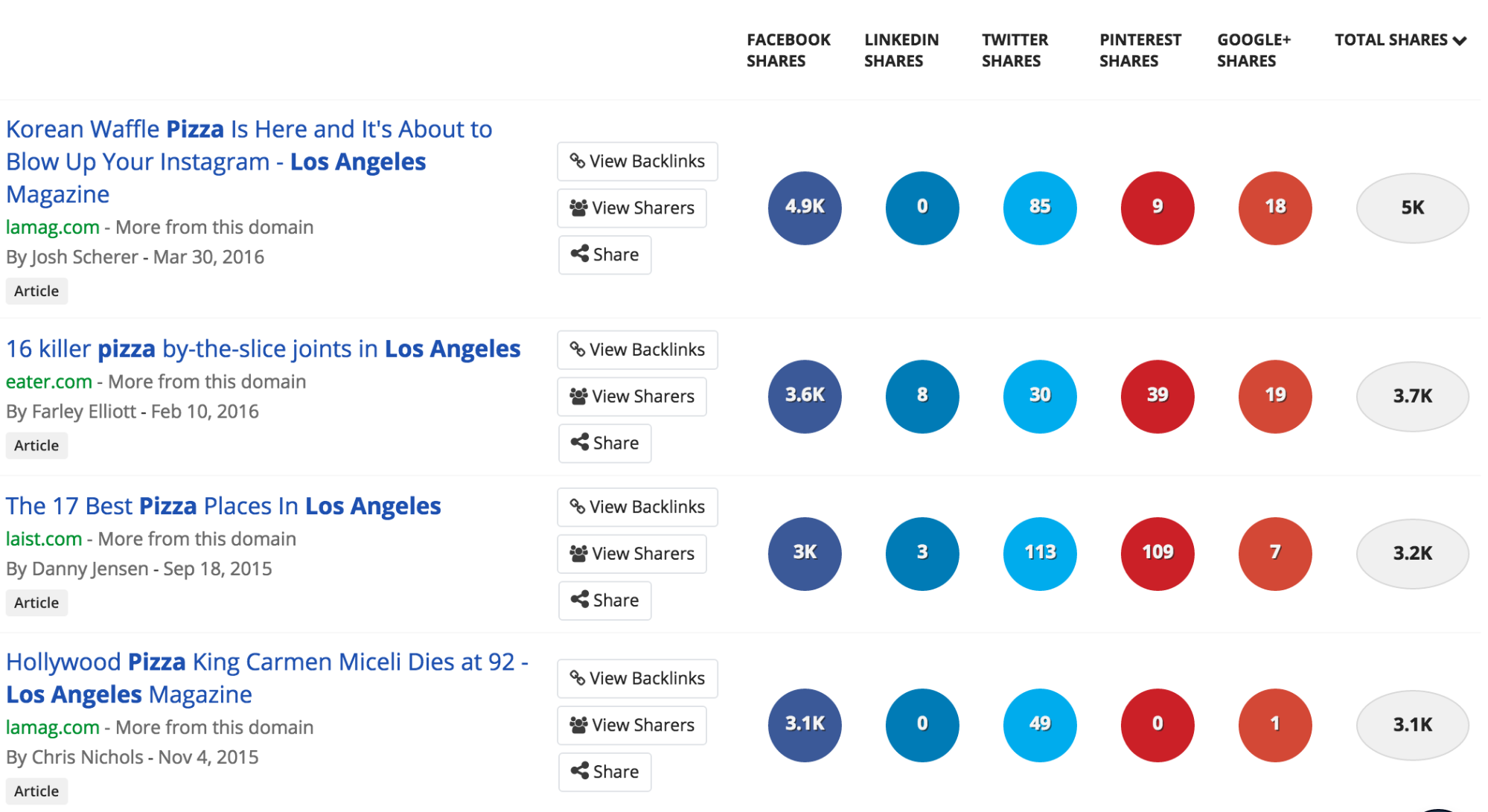

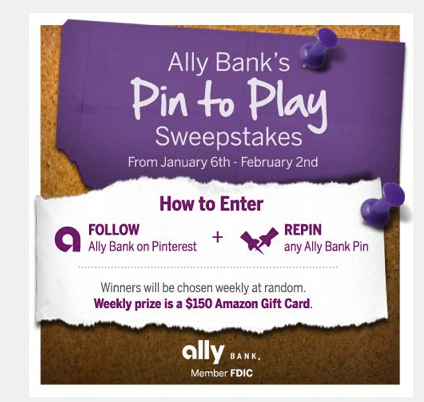
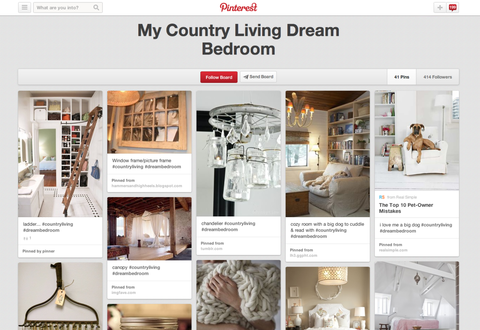
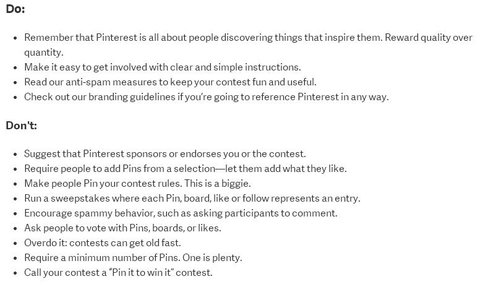
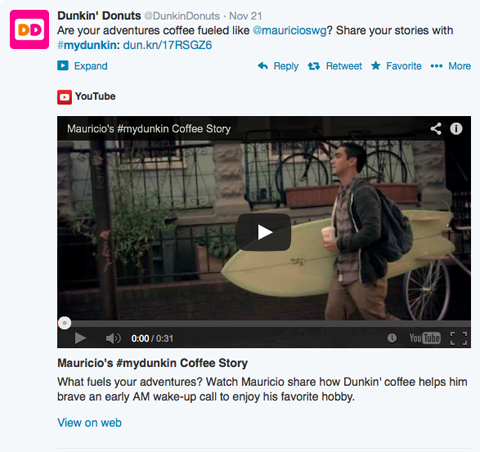
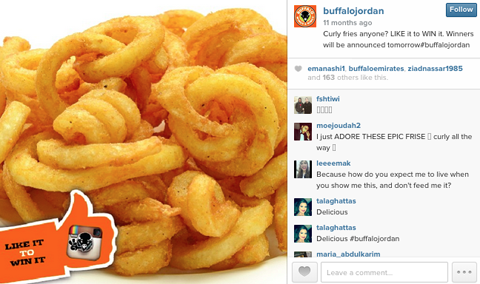
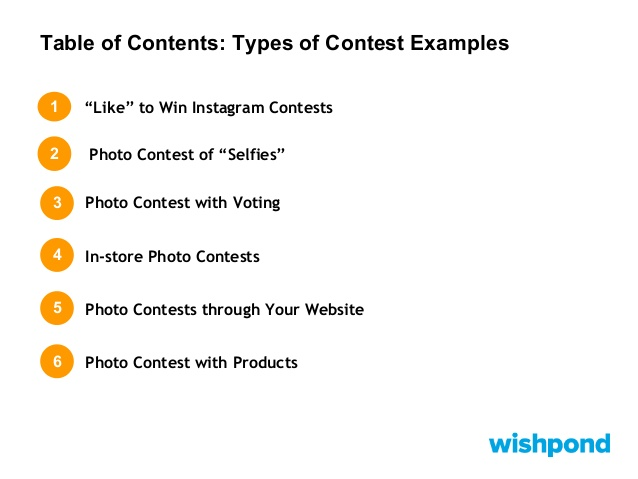
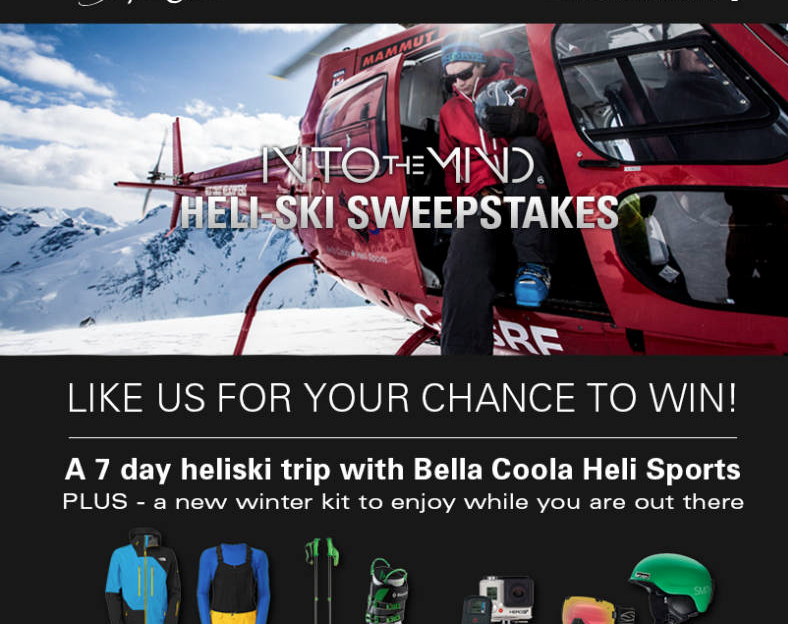
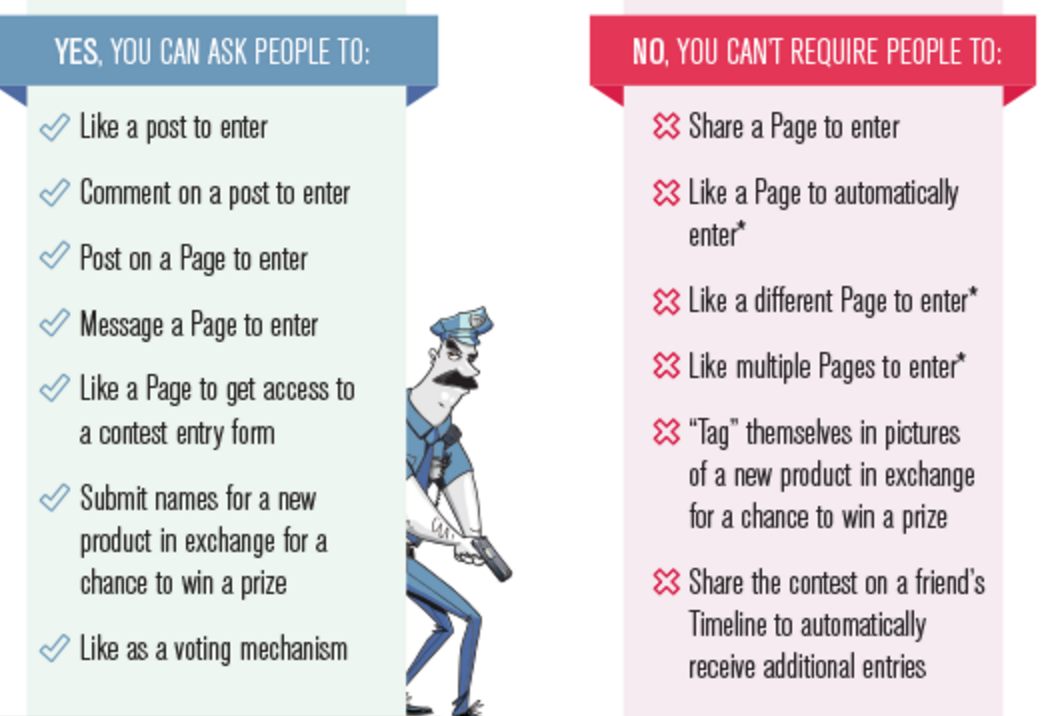
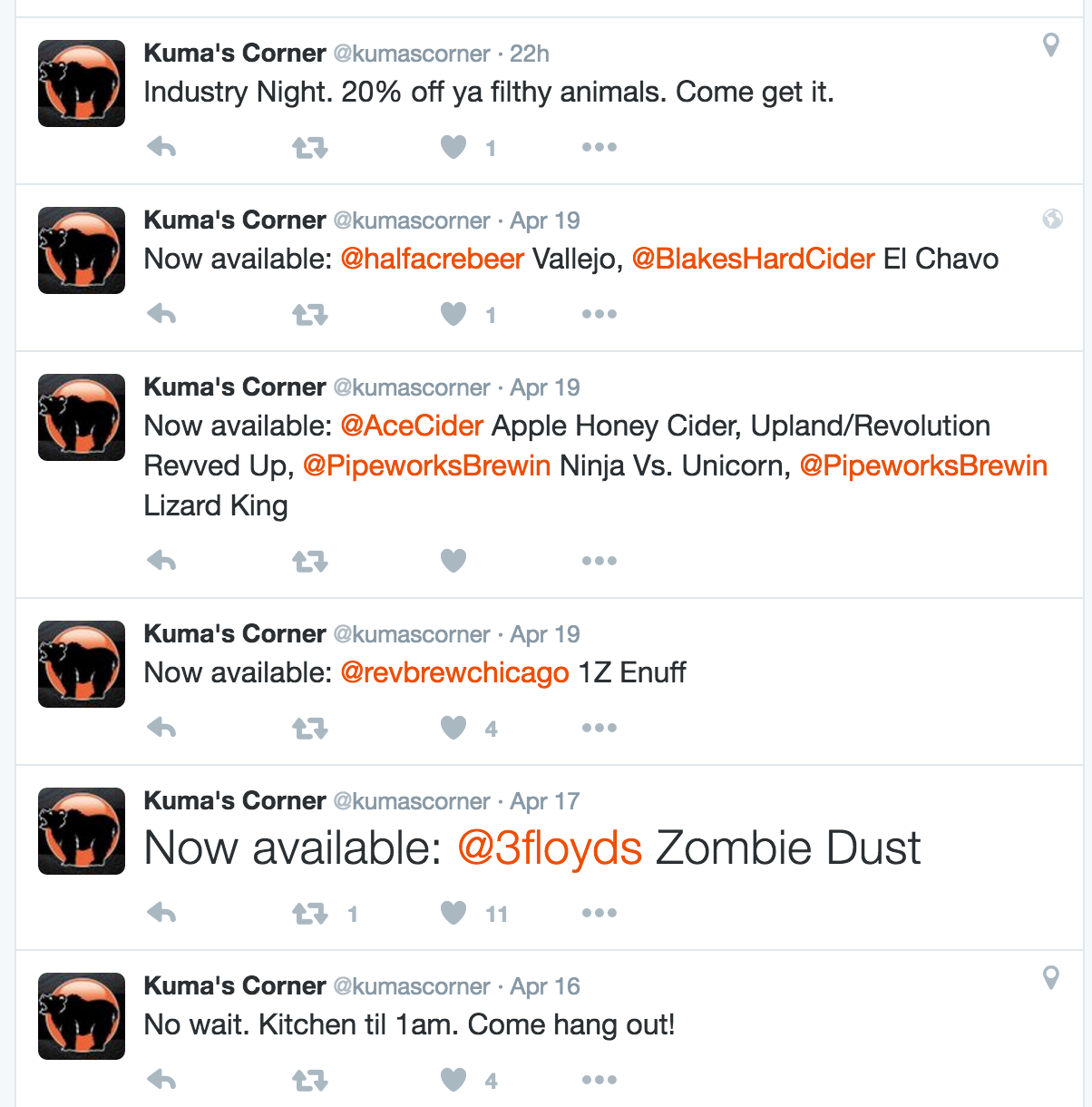
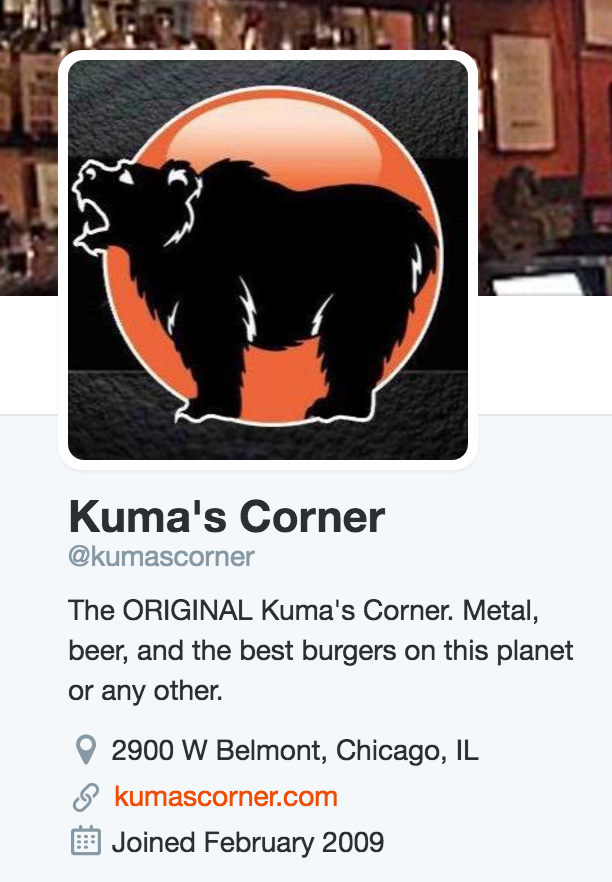
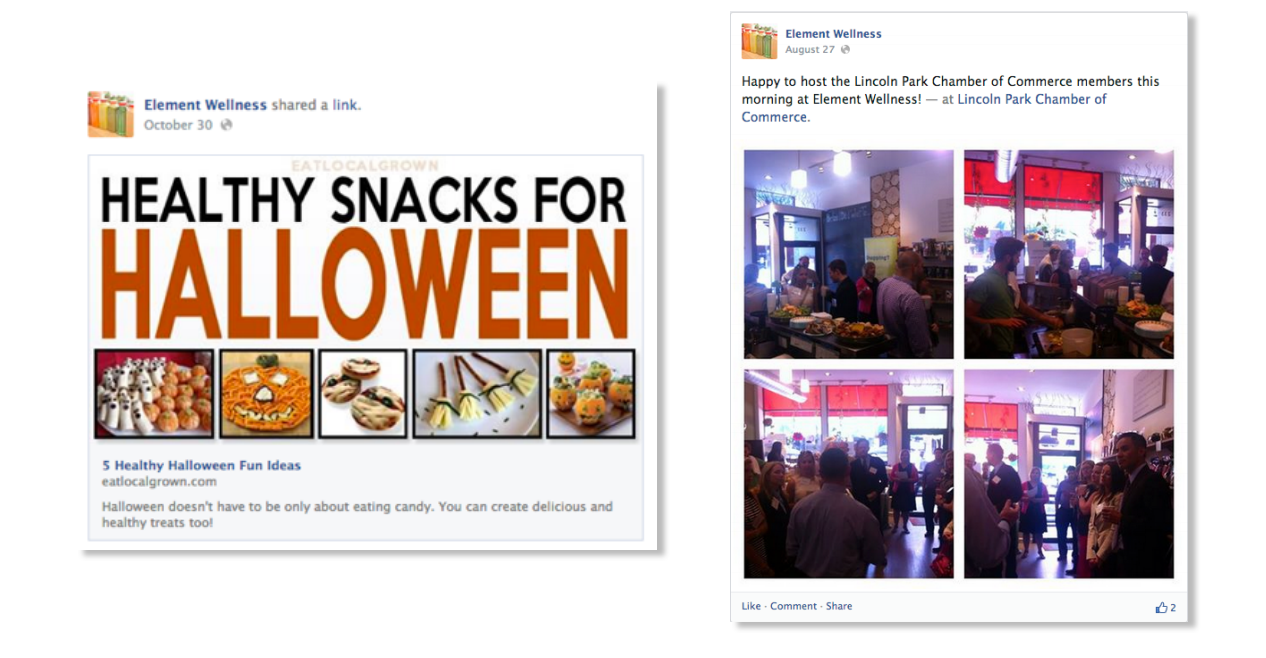
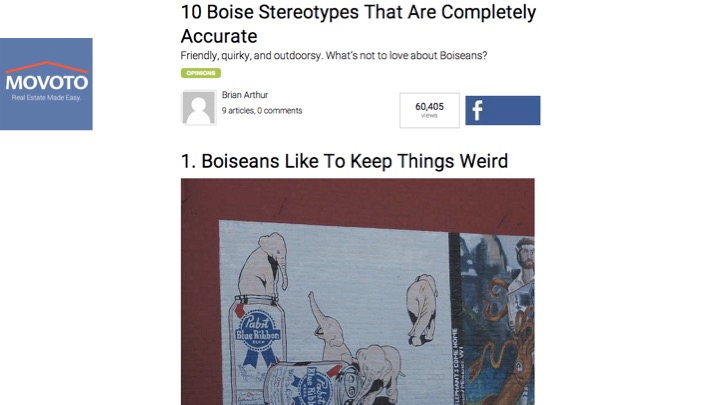
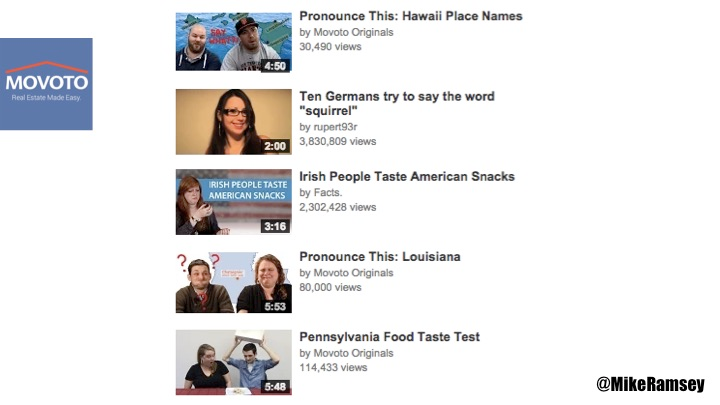
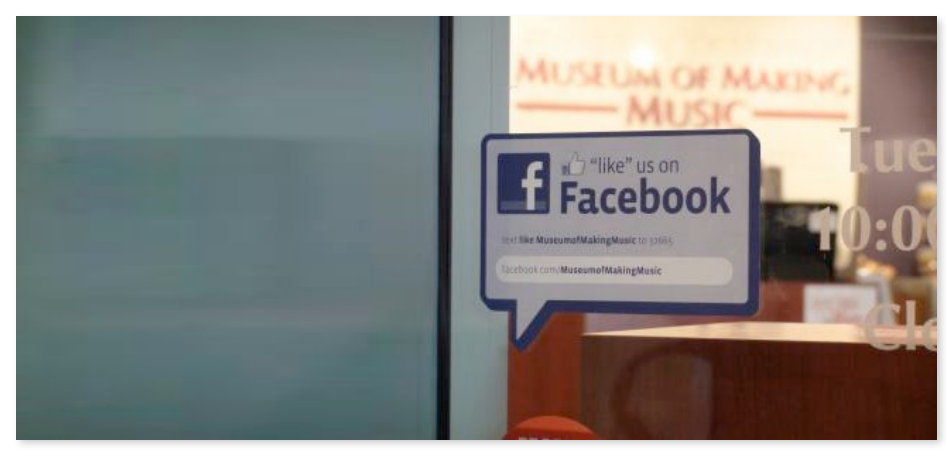
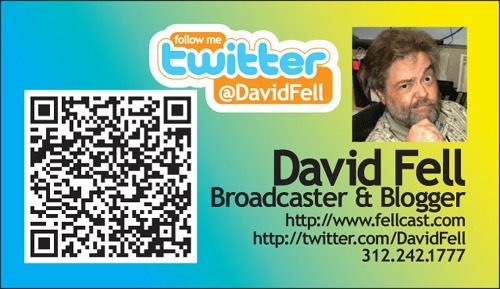
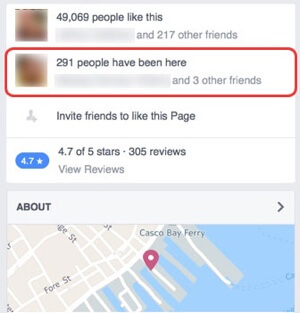
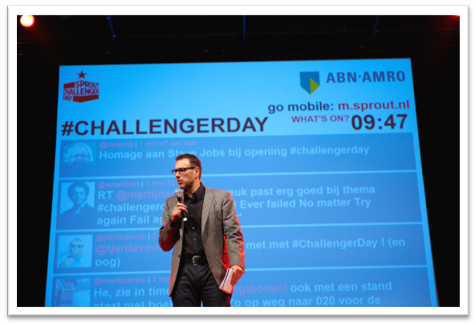
Comments (38)